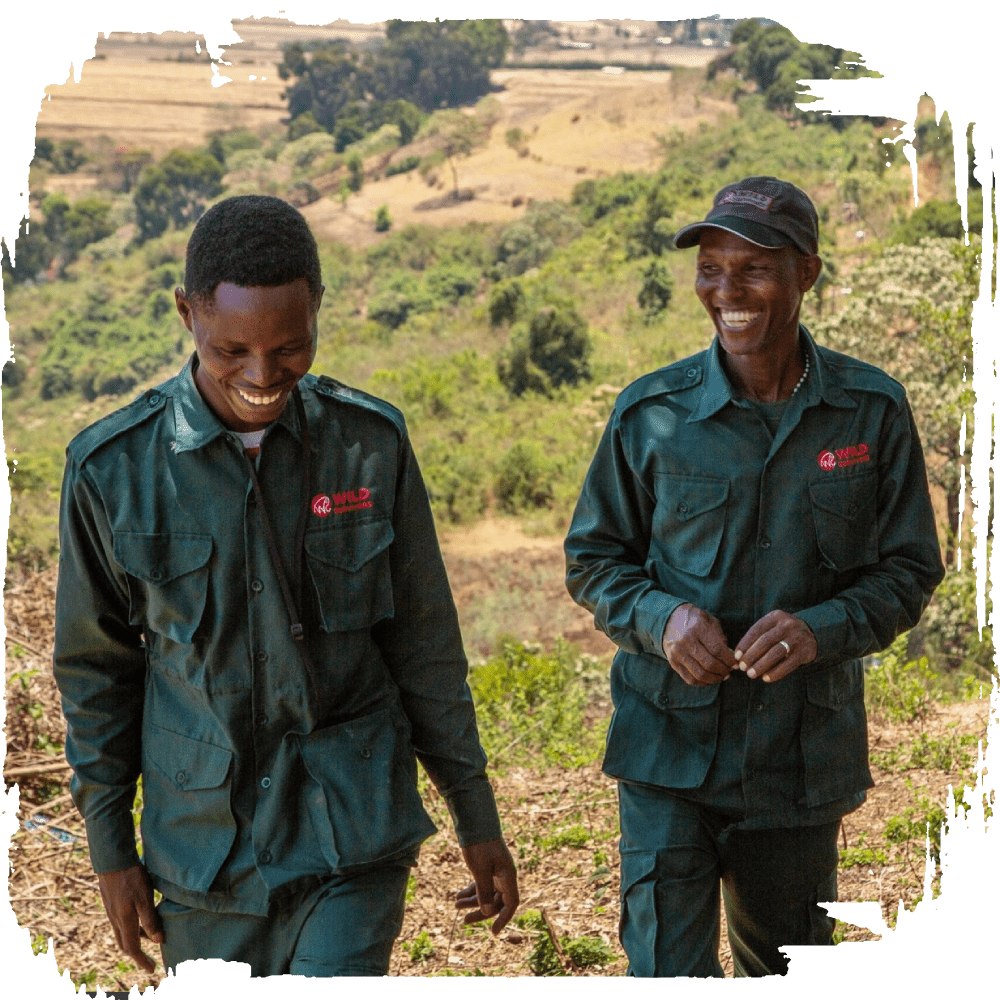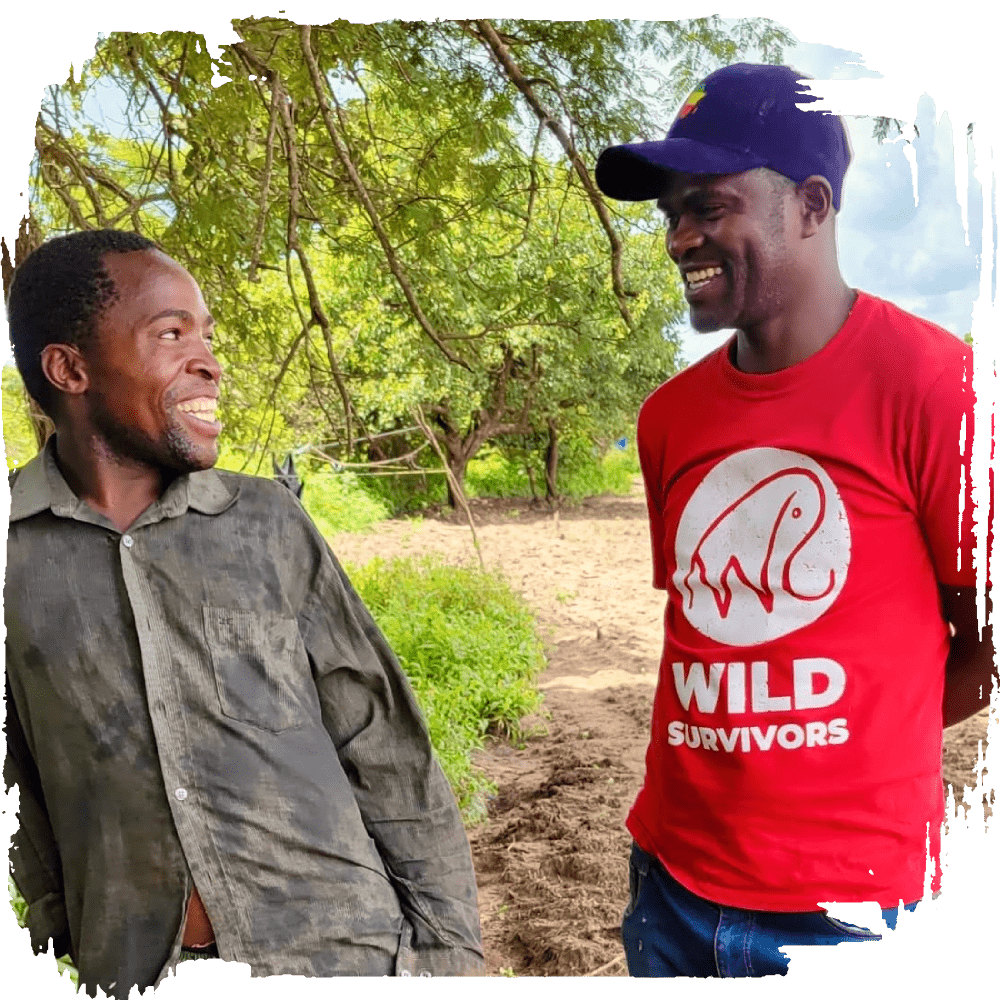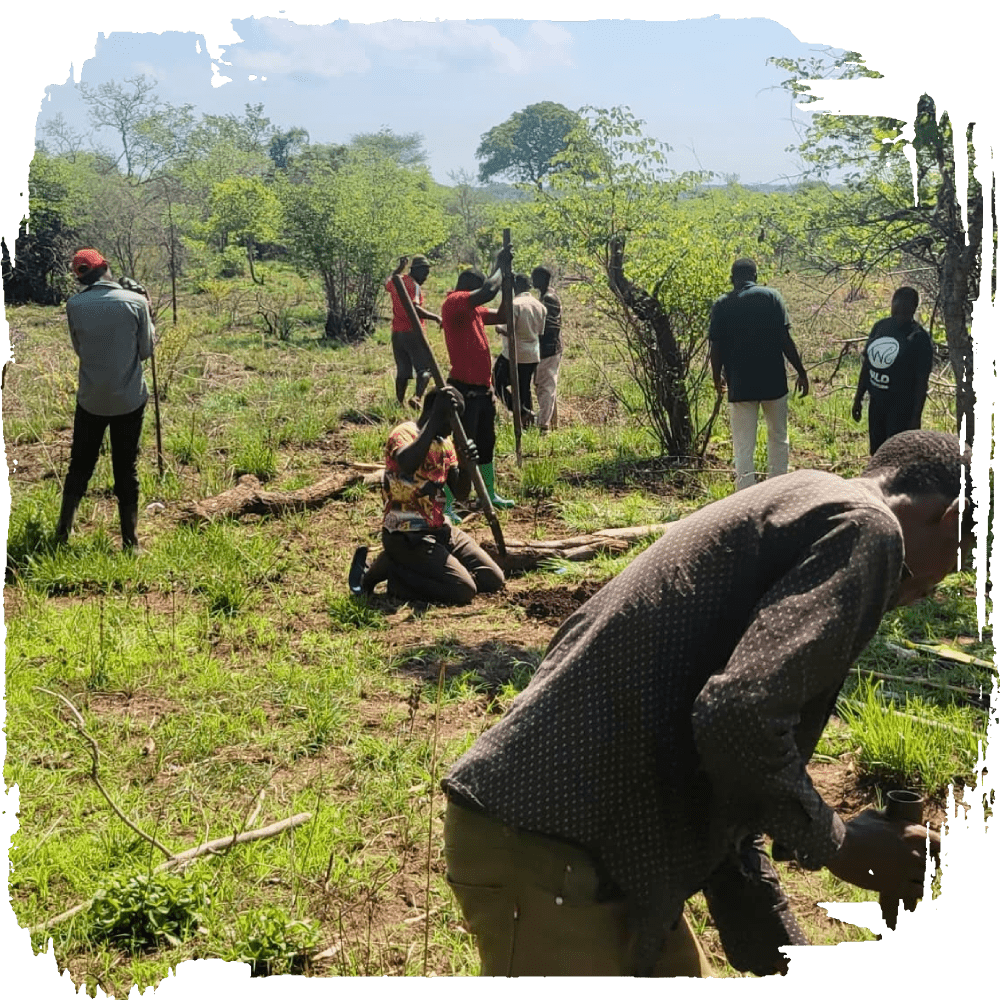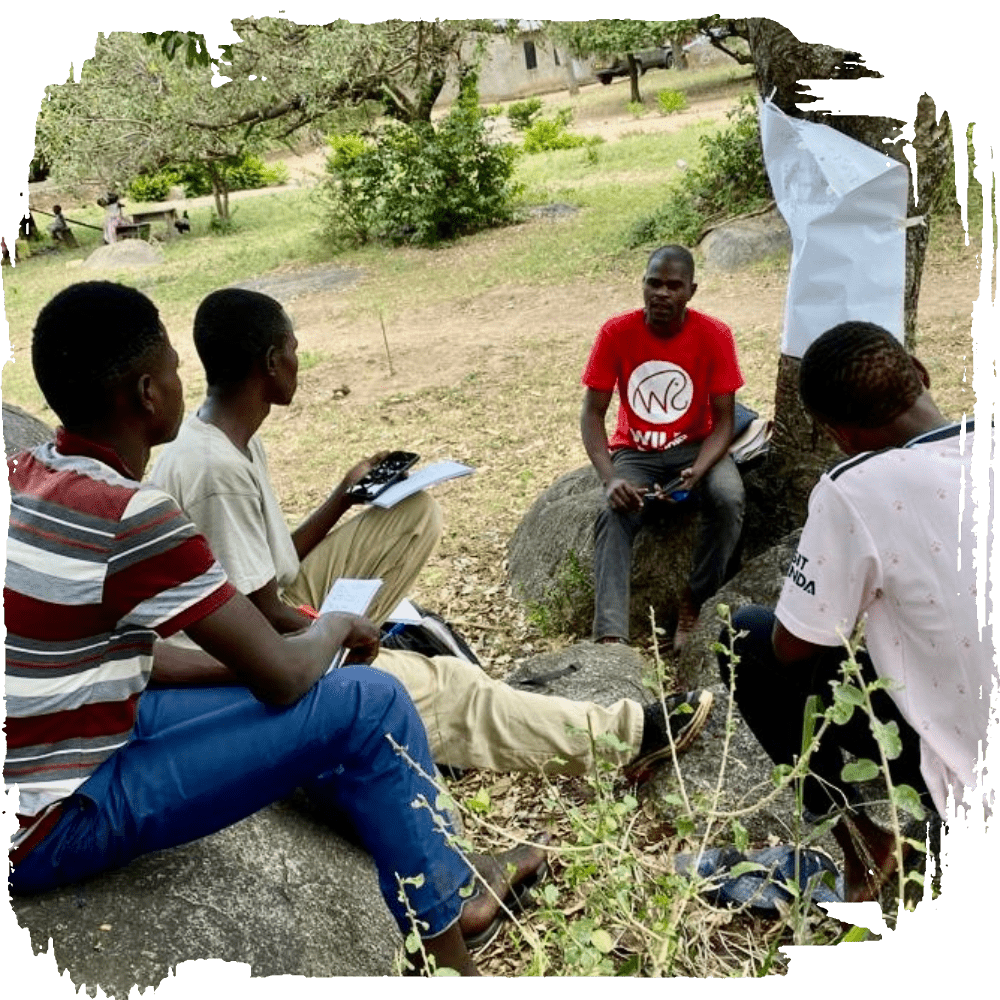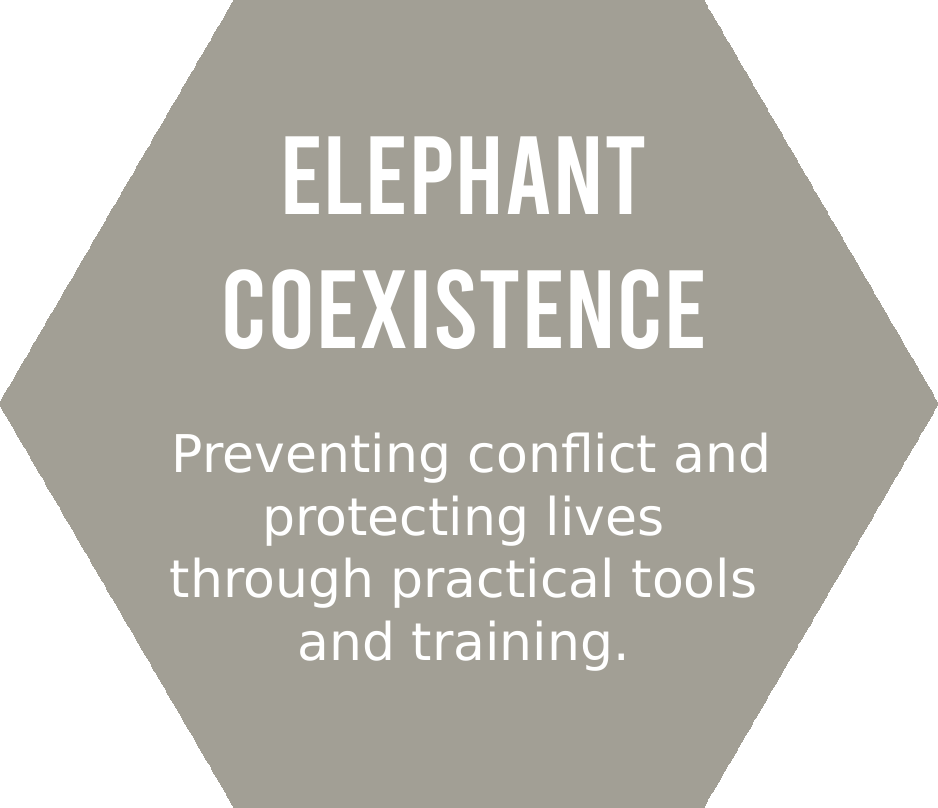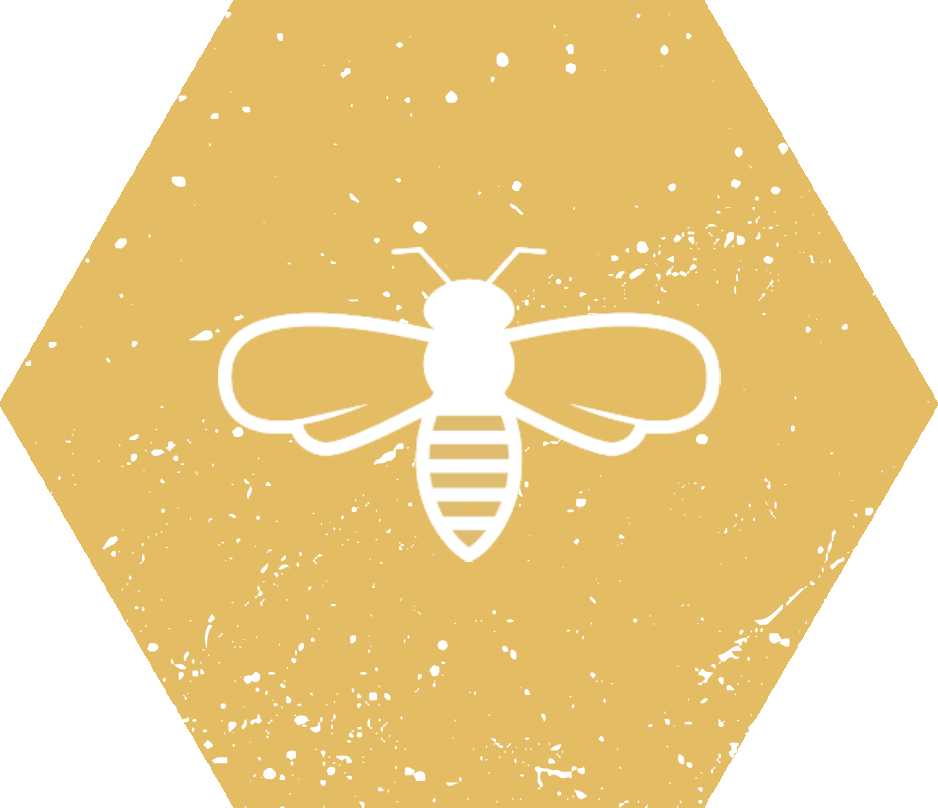
OUR APPROACH

Our Coexistence Framework: turning conflict into lasting solutions.
We call it Coexistence in Action (CiA); because this is not just a theory, but a proven model; a step-by-step approach to human–elephant coexistence, tailored to each local context and rooted in community leadership and ecological data.
Built on eight years of experience, it sets out the critical steps, management protocols, and training that make solutions effective, sustainable, and replicable across elephant conflict hotspots
How COEXISTENCE IN ACTION Works
HOW WE DO IT
We listen first.
In areas facing high levels of conflict, we begin by listening. Through community engagement, participatory mapping, and conflict assessments, we establish a baseline of ecological and social data. This ensures every solution reflects the lived realities of farmers, the behaviour of elephants, and the unique context of the landscape.
We co-design practical solutions.
No two villages are the same. Together, we tailor natural, non-violent tools like beehive fences, chilli deterrents, noise devices, and conservation farming to suit each community’s land, crops, and needs. These solutions are low-cost, proven to work, and designed to protect both people and elephants.
We build ownership from day 1.
Communities lead the implementation. Farming families and women’s groups manage the fences, beekeeping, crop diversification, and forest protection, while also building businesses from honey, wax, and organic produce. This model creates local income and long-term sustainability without outside dependency.
We work to strengthen, not replace, local knowledge, leadership, and governance. When local organisations are already working in the area, we collaborate and build on their strengths.
We monitor, map, and adapt.
Using local knowledge and trained data collectors, we track elephant movements, monitor biodiversity, and measure what works. Elephant Ambassadors lead this work in their own communities, making results transparent and helping us adapt solutions as landscapes and challenges change.
This feedback loop strengthens community resilience, informs government and conservation partners, and allows us to continuously improve our approach in new and existing landscapes.

HOW WE’RE DIFFERENT
We start with strong foundations
and use data-driven conflict mapping to implement the right solutions in the right places
Our solutions are community-led and designed to last
…and they do. Our programme in Upper Kitete has been self-sustaining since 2023 without further outside investment
We measure impact over time
and have seen a 91% drop in elephant crop-raiding where beehive fences are maintained
We hold high ethical standards.
We don’t introduce anything that risks harm, and instead support tools that reduce risk and build trust within communities.

We respond where our model is needed — and share it widely.
Our Wild Survivors Coexistence Framework is increasingly sought after by district governments, protected area authorities, NGOs, tourism operators, and international funders; recognised for its holistic, adaptable design and proven results. We offer training, tools, and step-by-step guidance to help game reserves, national parks, District Game Officers, and local partners adopt community-led coexistence strategies that work.
Are you interested in using our Coexistence in Action (CiA) Framework?

We are creating lasting coexistence - with communities at the centre, and elephants on the move.
Our Strategy
Our 10 year vision
By 2035, Wild Survivors Tanzania will have transformed how human–elephant conflict is understood and addressed - led by the experience and innovation of the communities who live alongside elephants every day. We are building a model of coexistence that is practical, proven, and owned by the people who sustain it. One that supports conservation priorities, protects elephant corridors, and empowers rural families across East Africa to live more safely, securely, and in harmony with the landscapes they call home.
Our ethos
We believe women lead change; protecting nature and growing strong communities
We believe protecting nature means protecting people too.
We believe lasting peace with wildlife starts with secure livelihoods.
We believe both people and elephants have the wisdom to shape the future of conservation.
Our Conservation Goals
Our conservation work is driven by four core themes that shape every project, keeping us focused on our vision and strategy.

Join the hive
Will you help us preserve ecosystems that are critical to stabilising climate change?


